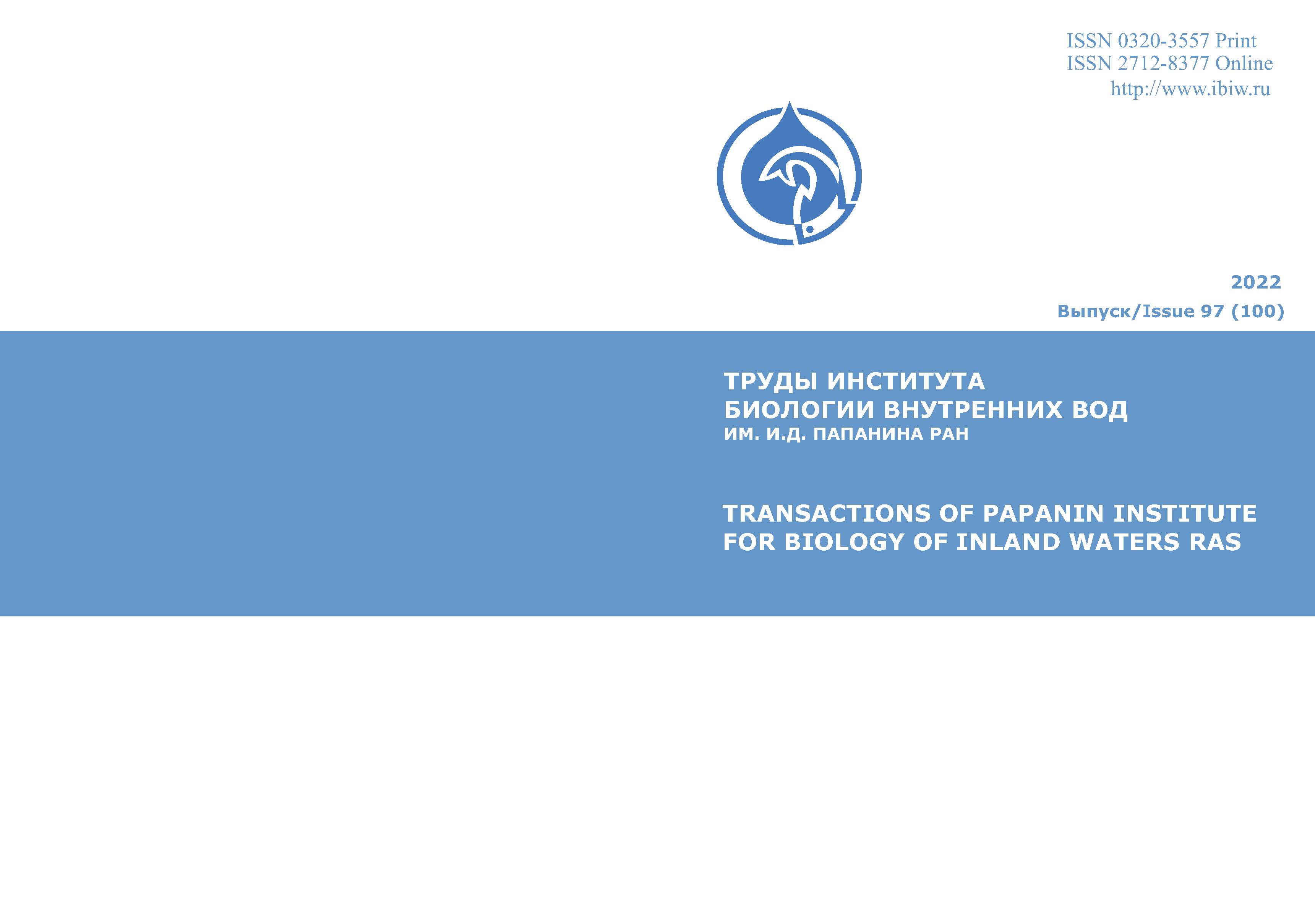Brown algae Fucus vesiculosus Linnaeus, Fucus serratus Linnaeus, Ascophyllum nodosum (Linnaeus) Le Jolis and Saccharina latissima (Linnaeus) C.E. Lane, C. Mayes, Druehl & G.W. Saunders collected from natural substrates and from storm emissions in one of the ecotopes of the Kandalaksha Bay of the White Sea (66°31' N 33°11' E) were used for comparative assessment of the content of low-molecular metabolites of micromycetes beloning to the genera Fusarium Link, Alternaria Nees, Penicillium Link, Aspergillus P. Micheli ex Haller, Myrothecium Tode, Cladosporium Link and others. After drying, the samples were crushed in a laboratory mill, a mixture of acetonitrile and water was used for extraction in a volume ratio of 84:16 with a consumption rate 10 mL per 1 g specimen. Extracts after 10-fold dilution with the buffer solution were analyzed using a set of certified enzyme-linked immunosorbent assay systems (Russia). The lower limit of quantitative measurements corresponded to an 85% level of antibody binding. All analyzed compounds – T-2 toxin, diacetoxiscirpenol, deoxynivalenol, zearalenone, fumonisins, alternariol, ochratoxin A, citrinin, PR-toxin, mycophenolic acid, aflatoxin B1, sterigmatocystin, cyclopiazonic acid, emodin, roridin A and ergot alkaloids – were found in the fresh thalli of F. vesiculosus, F. serratus, and A. nodosum. In the samples from the emissions, the profile of mycotoxins has been significantly changed. In F. vesiculosus and F. serratus the content of mycotoxins decreased sharply and uniformly and, as a result, the incidence of detection reduced to 8% and 15%. In A. nodosum, alternariol, aflatoxin B1 and mycophenolic acid were revealed in 17% of samples near the limits of determination of methods, and the other components of the complex could not be found. The mycotoxins were absent in the fresh thalli of S. latissima, and only some of the samples from the emissions had weak contamination with mycophenolic acid and emodin.
macroalgae, Fucus, Ascophyllum, Saccharina, storm emissions, mycotoxins, ELISA
1. Bubnova E.N., Kireev Ya.V. Soobschestva gribov na tallomah buryh vodorosley roda Fucus v Kandalakshskom zalive Belogo morya // Mikologiya i fitopatologiya. 2009. T. 43. Vyp. 5. S. 388-397.
2. Burkin A.A., Kononenko G.P., Georgiev A.A., Georgieva M.L. Osobennosti nakopleniya mikotoksinov v makrofitah Belogo morya // Sovremennaya mikologiya v Rossii. 2020. T. 8. S. 100-102.
3. Vozzhinskaya V.B. Belomorskie fukoidy, ih raspredelenie, biologiya razvitiya, produkciya // Osnovy biologicheskoy produktivnosti okeana i ee ispol'zovanie. M.: Izdatel'stvo “Nauka”, 1971. S. 172-182.
4. Konovalova O.P., Bubnova E.N. Griby na buryh vodoroslyah Ascophyllum nodosum i Pelvetia canaliculata v Kandalakshskom zalive Belogo morya // Mikologiya i fitopatologiya. 2011. T. 45. Vyp. 3. S. 240-248.
5. Konovalova O.P., Bubnova E.N., Sidorova I.I. Biologiya Stigmidium ascophylli - griba-simbionta fukusovyh vodorosley v Kandalakshskom zalive Belogo morya // Mikologiya i fitopatologiya. 2012. T. 46. Vyp. 6. S. 353-360.
6. Maksimova O.V., Myuge N.S. Novye dlya Belogo morya formy fukoidov (Fucales, Phaeophyceae): morfologiya, ekologiya, proishozhdenie // Botanicheskiy zhurnal. 2007. T. 92, № 7. S. 965-986.
7. Andreev V.P., Plakhotskaya Z.V. Comparative analysis of copper and cadmium accumulation by macrophytes of the Chupa inlet, Kandalaksha Bay, White Sea // Inland Water Biology. 2019. Vol. 12. № 1. P. 124-127. DOI:https://doi.org/10.1134/S1995082919010024
8. Bubnova E.N., Konovalova O.P., Grum-Grzhimaylo O.A., Marfenina O.E. Fifty years of mycological studies at the White Sea Biological Station of Moscow State University: Challenges, results, and outlook // Moscow University Biological Sciences Bulletin. 2014. Vol. 69. № 1. P. 23-39. DOI:https://doi.org/10.3103/S009639254010039
9. Bubnova E.N. Two marine fungi new for the White Sea // Moscow University Biological Sciences Bulletin. 2016. Vol. 71. № 4. P. 218-221. DOI:https://doi.org/10.3103/S0096392516040039
10. Burkin A.A., Kononenko G.P. Producers of mycophenolic acid in ensiled and grain feeds // Applied Biochemistry and Microbiology. 2010. Vol. 46. № 5. P. 545-550. DOI:https://doi.org/10.1134/S0003683810050145
11. Burkin A.A., Kononenko G.P., Georgiev A.A., Georgieva M.L. Toxic metabolites of micromycetes in brown algae of the families Fucaceae and Laminariaceae from the White Sea // Russ. J. Mar. Biol. 2021. Vol. 47. № 1. P. 35-38. DOI:https://doi.org/10.1134/S1063074021010028
12. Christiansen J.V., Isbrandt T., Petersen C., Sondergaard T.E., Nielsen M.R., Pedersen T.B., Sorensen J.L., Larsen T.O., Frisvad J.C. Fungal quinones: diversity, producers, and application of quinones from Aspergillus, Penicillium, Talaromyces, Fusarium, and Arthrinium // Applied Microbiology and Biotechnology. 2021. Vol. 105. P. 8157-8193. DOI:https://doi.org/10.1007/s00253-021-11597-0
13. Hathout A. S., Aly S.E. Biological detoxification of mycotoxins: A review // Annals of Microbiology. 2014. Vol. 64. № 3. P. 905-919. DOI:https://doi.org/10.1007/s13213-014-0899-7
14. Ji C., Fan Y., Zhao L. Review on biological degradation of mycotoxins // Animal Nutrition, 2016. № 2. P. 127-133. DOI:https://doi.org/10.1016/j.aninu.2016.07.003








